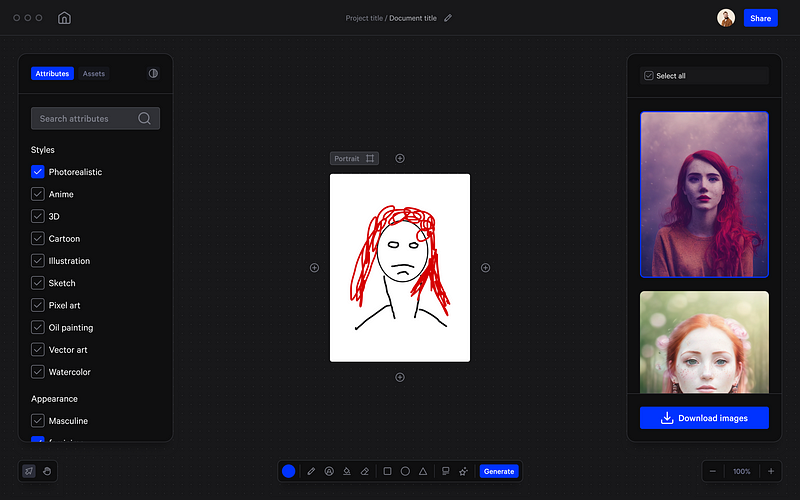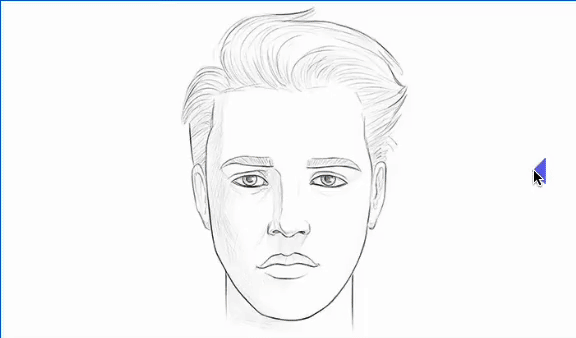The artificial intelligence revolution is reshaping the world of UX/UI design. If you’re aiming to boost productivity, streamline workflows, and unlock new creative possibilities, AI tools can offer a serious edge.
From wireframing and prototyping to motion design, accessibility audits, and user research—this guide covers the most powerful AI tools for designers in 2025.

AI Tools for Design Ideation & UI Generation
Figma AI
What it does: Built-in AI tools for copywriting, translation, automation, and image generation.
Key Benefit: Speeds up daily design tasks inside Figma.
Official site
Figma Make
What it does: Transforms prompts into working UI and prototypes using your Figma assets.
Key Benefit: From idea to interactive prototype fast.
Official site
Framer AI
What it does: Builds websites from a prompt, with animations and live publishing.
Key Benefit: Instantly launch responsive websites.
Official site
Webflow AI
What it does: Generate layout, text, and designs with full customization.
Key Benefit: Efficient site building with creative freedom.
Official site
Wix Studio AI
What it does: Smart suggestions and layout generation for pros.
Key Benefit: Quick setup of complex responsive sites.
Official site
Relume Library + AI
What it does: Generate sitemaps, components, and content.
Key Benefit: Accelerate design system creation.
Official site
Lovable.dev
What it does: Generate UIs and frontend code from text.
Key Benefit: Skip mockups and go straight to code.
Official site
Bolt.new (Bolt AI)
What it does: Full-stack MVPs from prompt.
Key Benefit: Build apps and interfaces quickly.
Official site
Vercel v0
What it does: Build UIs in React/Next.js from text prompts.
Key Benefit: Clean code and fast deployment.
Official site
Galileo AI
What it does: Converts ideas into high-fidelity mockups.
Key Benefit: Visualize designs quickly.
Official site
Magician for Figma
What it does: Generate icons, text, and images inside Figma.
Key Benefit: Streamlines asset creation.
Official site
Uizard
What it does: Converts wireframes and text into UI layouts.
Key Benefit: Fast mockup generation.
Official site
Visily
What it does: Create mockups from sketches or templates.
Key Benefit: Smart design suggestions with fast output.
Official site
UX Pilot
What it does: Generate mockups and user flows with prompts.
Potential Benefit: All-in-one early-stage design platform.
Official site
Polymet
What it does: Convert sketches into interactive UIs.
Potential Benefit: Visualize concepts rapidly.
Official site
FlutterFlow AI
What it does: AI for mobile UI generation and logic.
Key Benefit: Build cross-platform apps faster.
Official site
Softr AI
What it does: App creation from databases and prompts.
Key Benefit: Combine data and design effortlessly.
Official site
DhiWise
What it does: Convert Figma to production code.
Key Benefit: Automate the design-to-code pipeline.
Official site
Motiff
What it does: A next-gen UI design tool focused on responsive, component-based design systems. Great for professional product teams.
Key Benefit: A serious alternative to Figma with powerful design system logic.
Official site
HeroUI
What it does: Generates beautiful React-based UI components and app screens using simple prompts or screenshots.
Key Benefit: Quickly go from prompt to developer-ready code.
Official site
Creatie
What it does: Translates simple ideas into UI designs within seconds, focusing on ease of ideation and speed.
Key Benefit: Perfect for early-stage product exploration and visual brainstorming.
Official site
Figr
What it does: A collaborative design tool for building scalable products and design systems, with a strong focus on tokens and constraints.
Key Benefit: Lets you design modern UI architecture in days, not months.
Official site

AI for Visual Content & Graphic Creation
- Tome: Presentations from text prompts. tome.app
- Khroma: AI-generated color palettes. khroma.co
- Illustroke: Convert text into SVG graphics. illustroke.com
- Iconify AI: Create custom icon sets. iconify.ai
- Lummi AI: Browse 3D, icons, and illustrations. lummi.ai
- Adobe Firefly: Generative AI tools for creating images, text effects, and vector graphics inside Adobe tools. adobe.com
- Spline AI – Generate: Turn text prompts into 3D shapes, animations, and interactions. spline.design
AI for User Research, Testing & Personas
- Maze AI: Summarizes user testing insights. maze.design
- UXtweak: Research and test analysis with AI. uxtweak.com
- UserTesting (AI): Analyze feedback at scale. usertesting.com
- Hotjar AI: Pattern and heatmap insight generation. hotjar.com
- Glassbox AI: UX behavior analysis. glassbox.com
- PlaybookUX: Summarizes qualitative interviews. playbookux.com
- Useberry: Rapid testing + AI feedback. useberry.com
AI for Motion & Interaction Design
- LottieFiles – Motion Copilot: Prompt-based animations. lottiefiles.com
- Rive: Advanced interactive animations. rive.app
- ProtoPie: Realistic, code-free prototypes. protopie.io
AI-Powered Accessibility Tools
- Stark: Analyze and fix a11y issues. getstark.co
- EqualWeb AI: Auto ADA/WCAG compliance. equalweb.com
- Microsoft Accessibility Insights: Full audits + suggestions. accessibilityinsights.io

How to Choose the Right AI Tool?
- Define your need: What do you want to automate or enhance?
- Check integrations: Make sure it fits your workflow (e.g., Figma, Webflow).
- Test it: Most tools offer free trials—try before committing.
- Measure ROI: Will this save time or improve output?
- Keep exploring: The AI landscape evolves fast.
AI Is Your Design Partner – Not Your Replacement
AI tools empower you to do more of what matters. They free up time from repetitive tasks, allowing you to focus on strategy, creativity, and problem-solving. Adopt the right tools, and you’ll find yourself working smarter—not harder.
Know a tool we missed? Let us know in the comments — we’ll update this list regularly.
💡 Stay Inspired Every Day!
Follow us for a daily stream of design, creativity, and innovation.
Linkedin | Instagram | Twitter



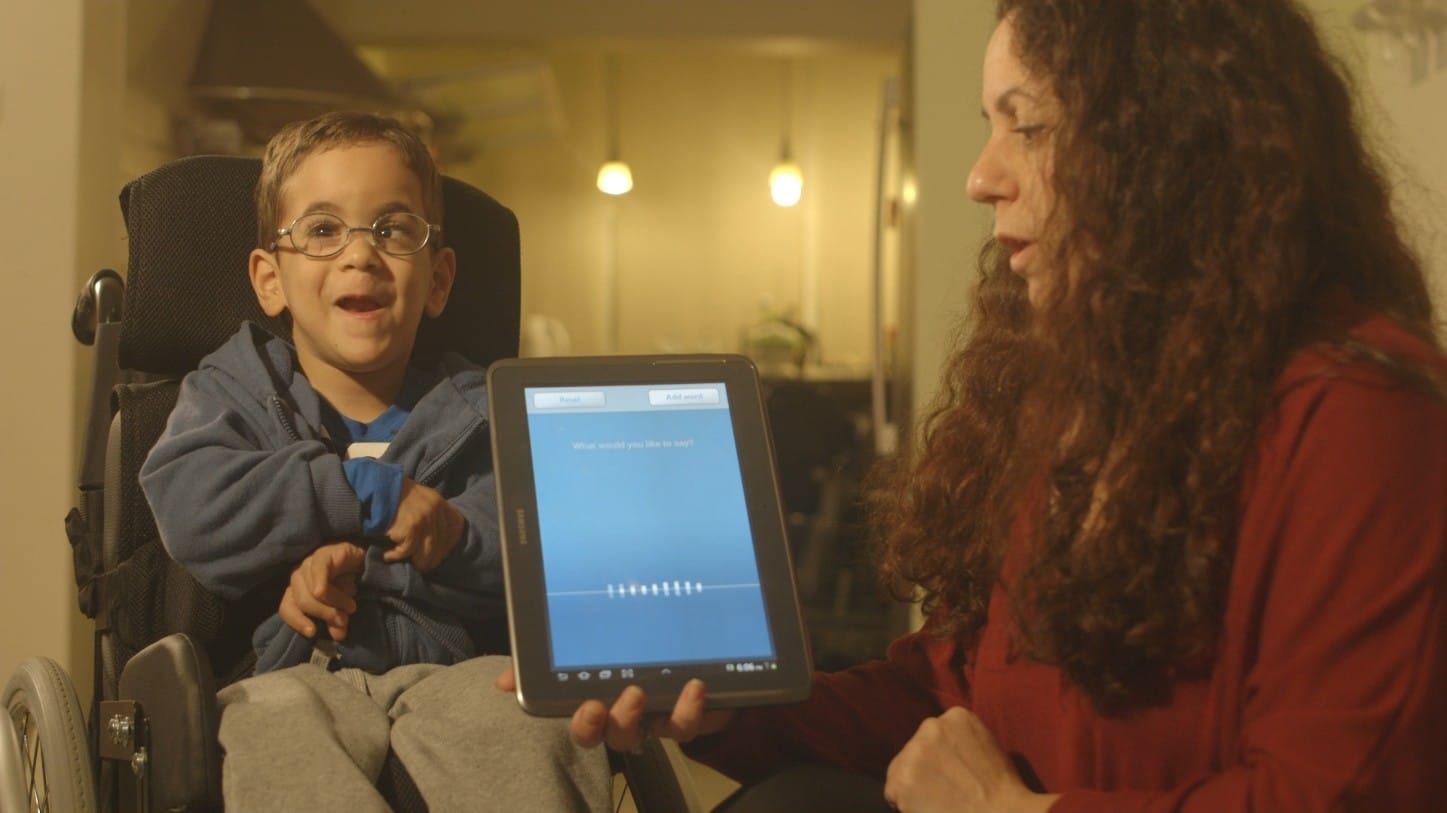
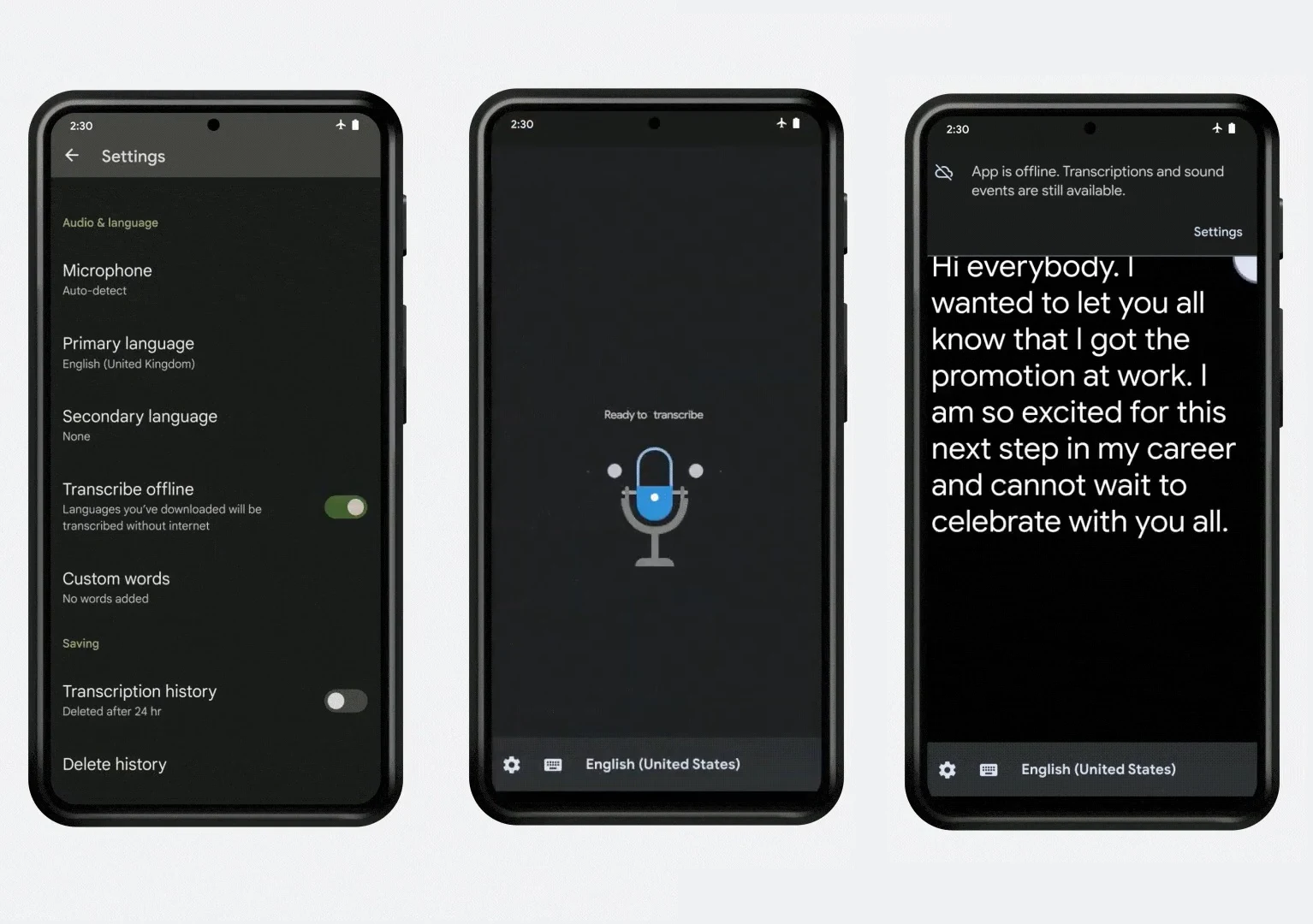
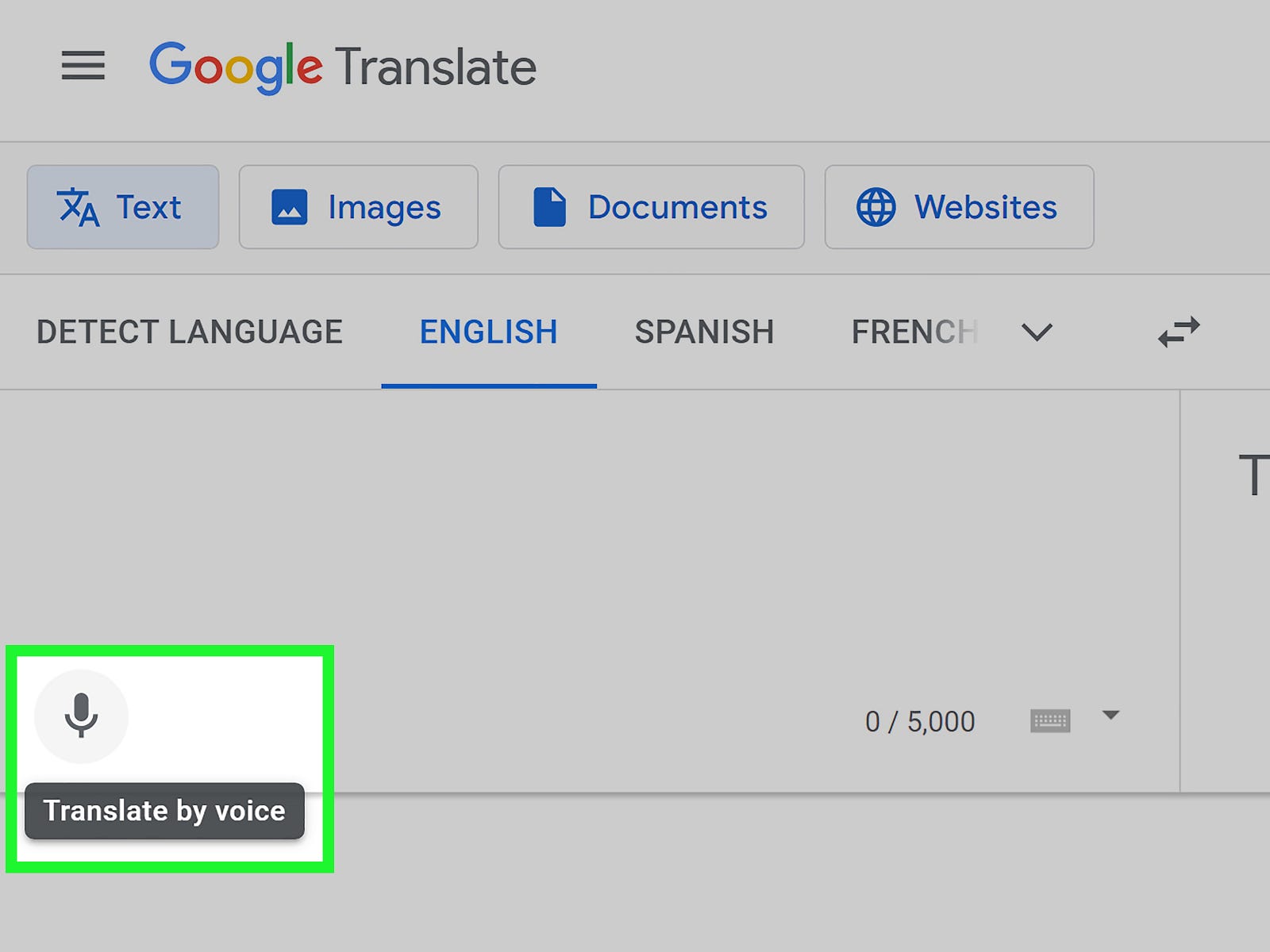
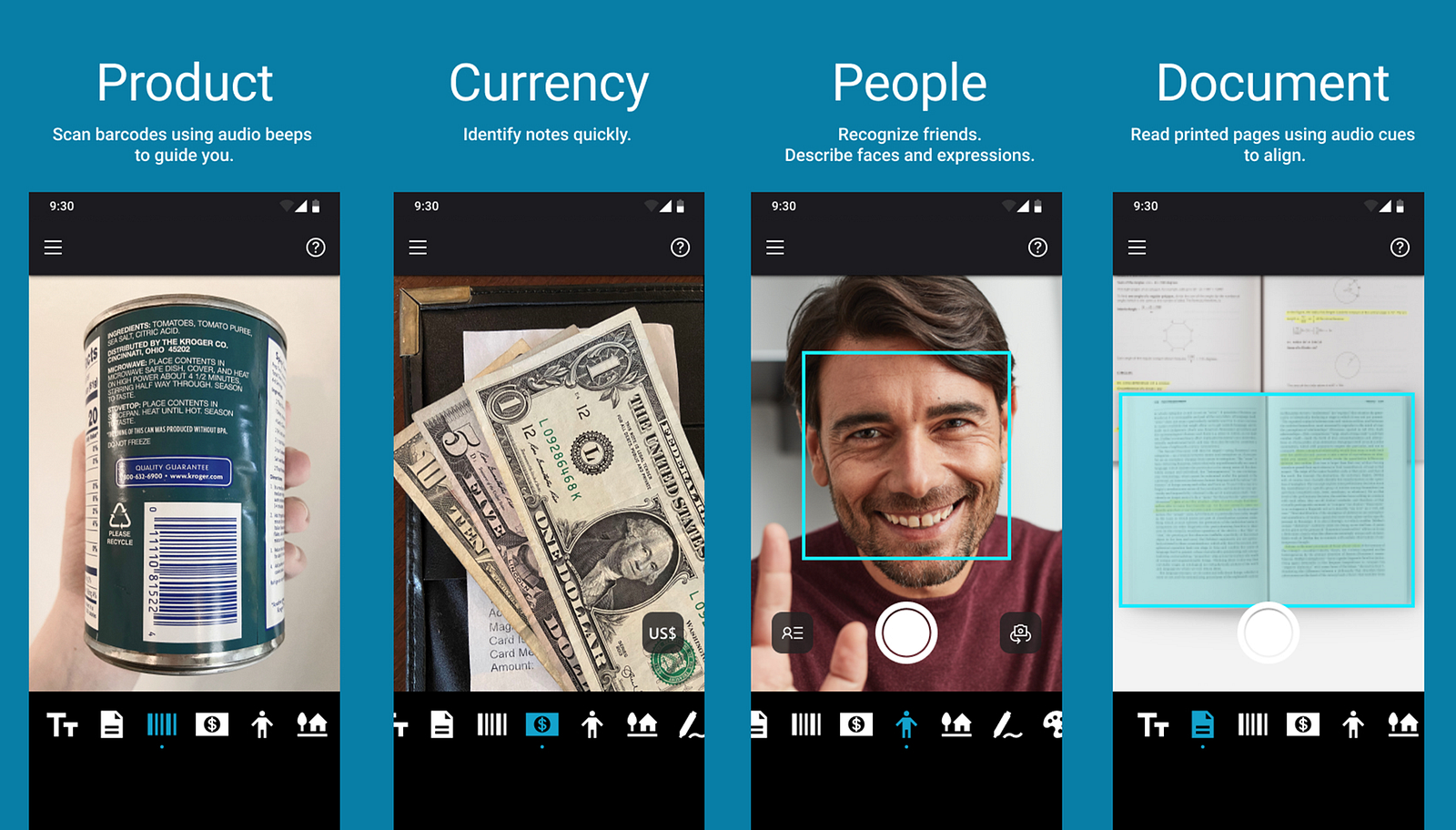
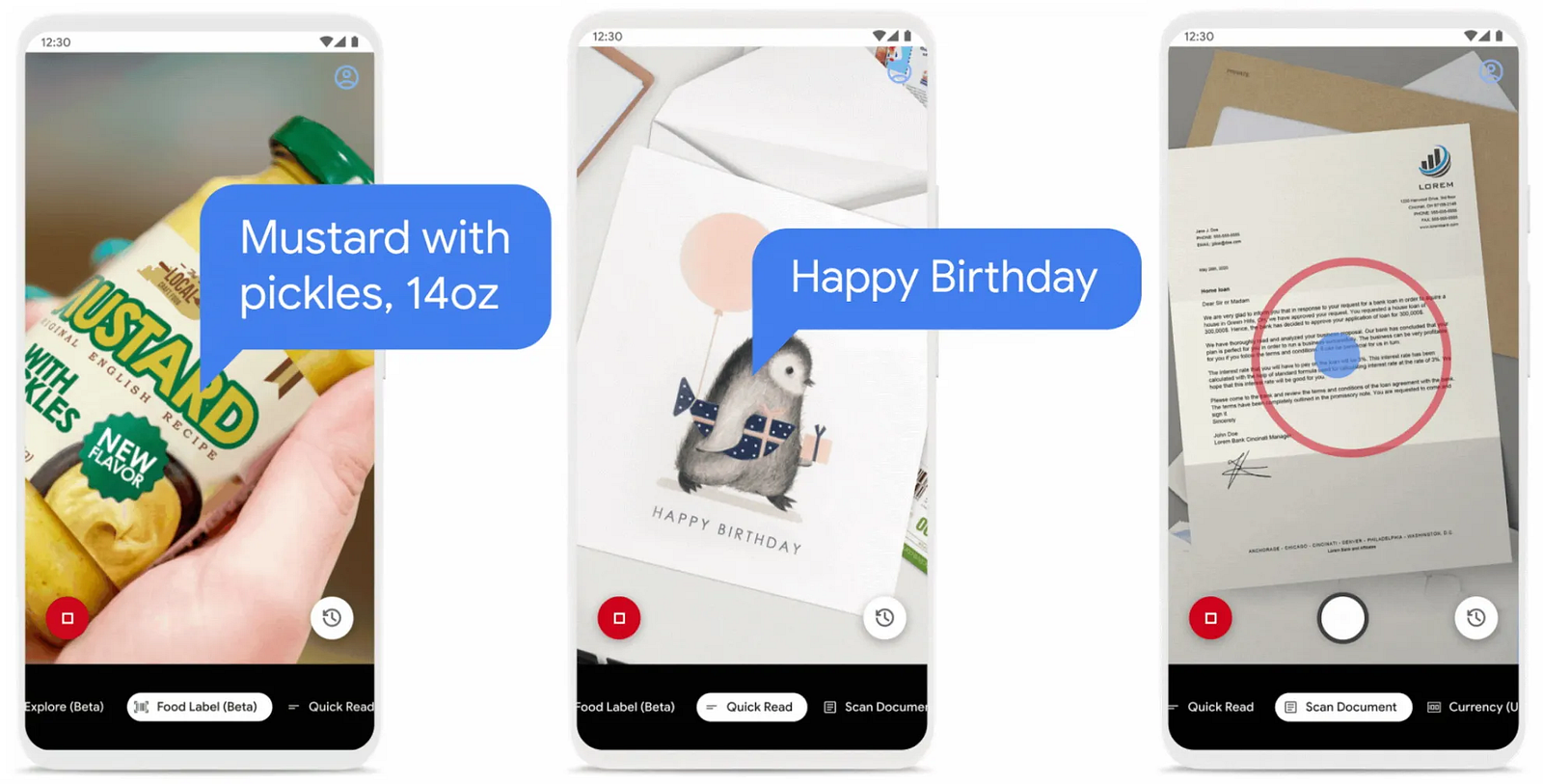
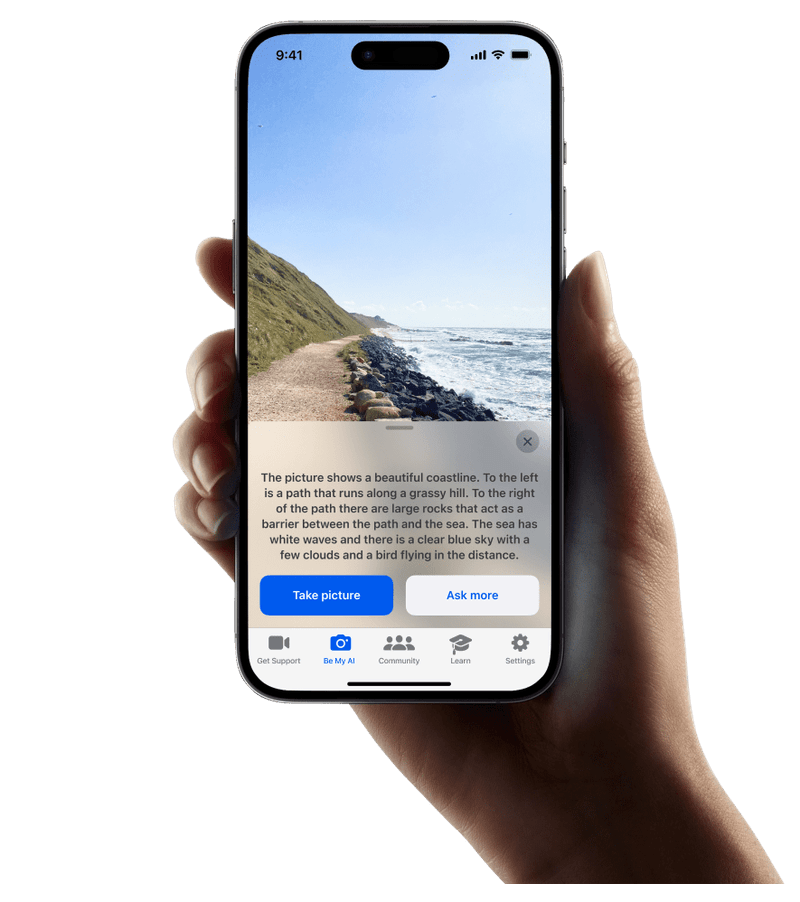
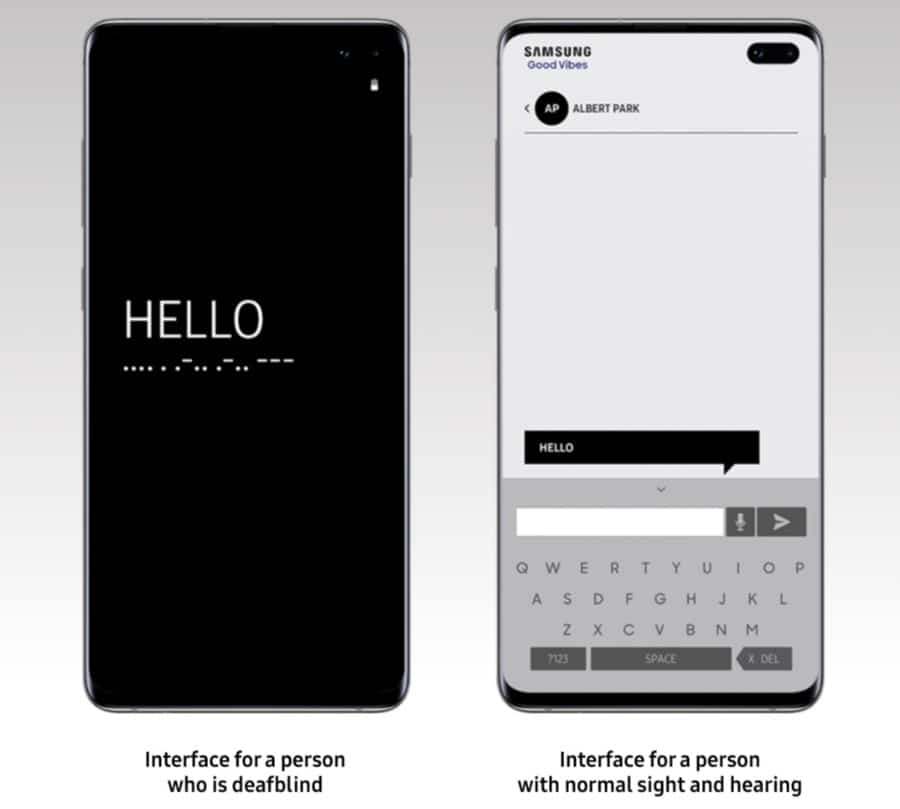

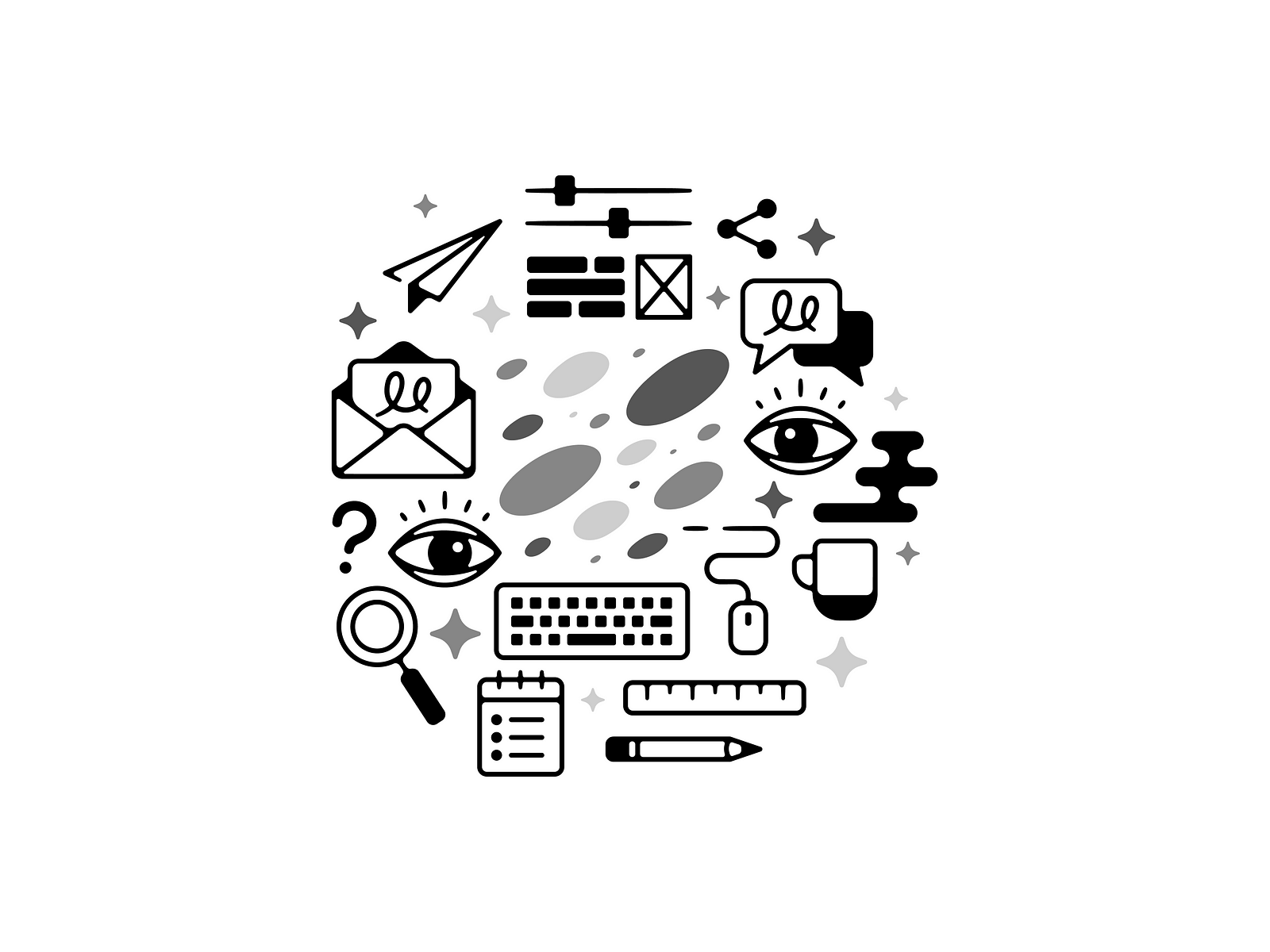
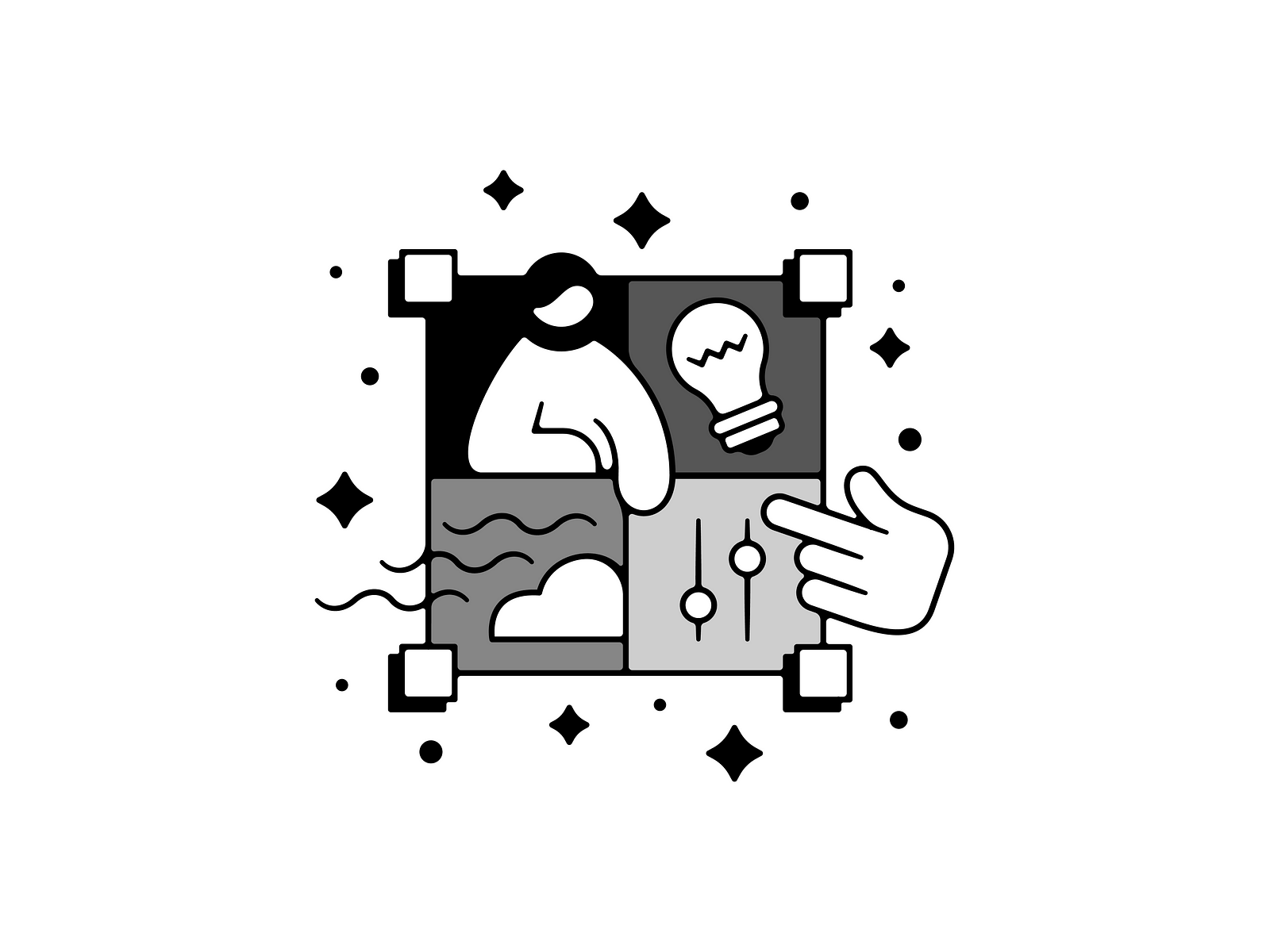
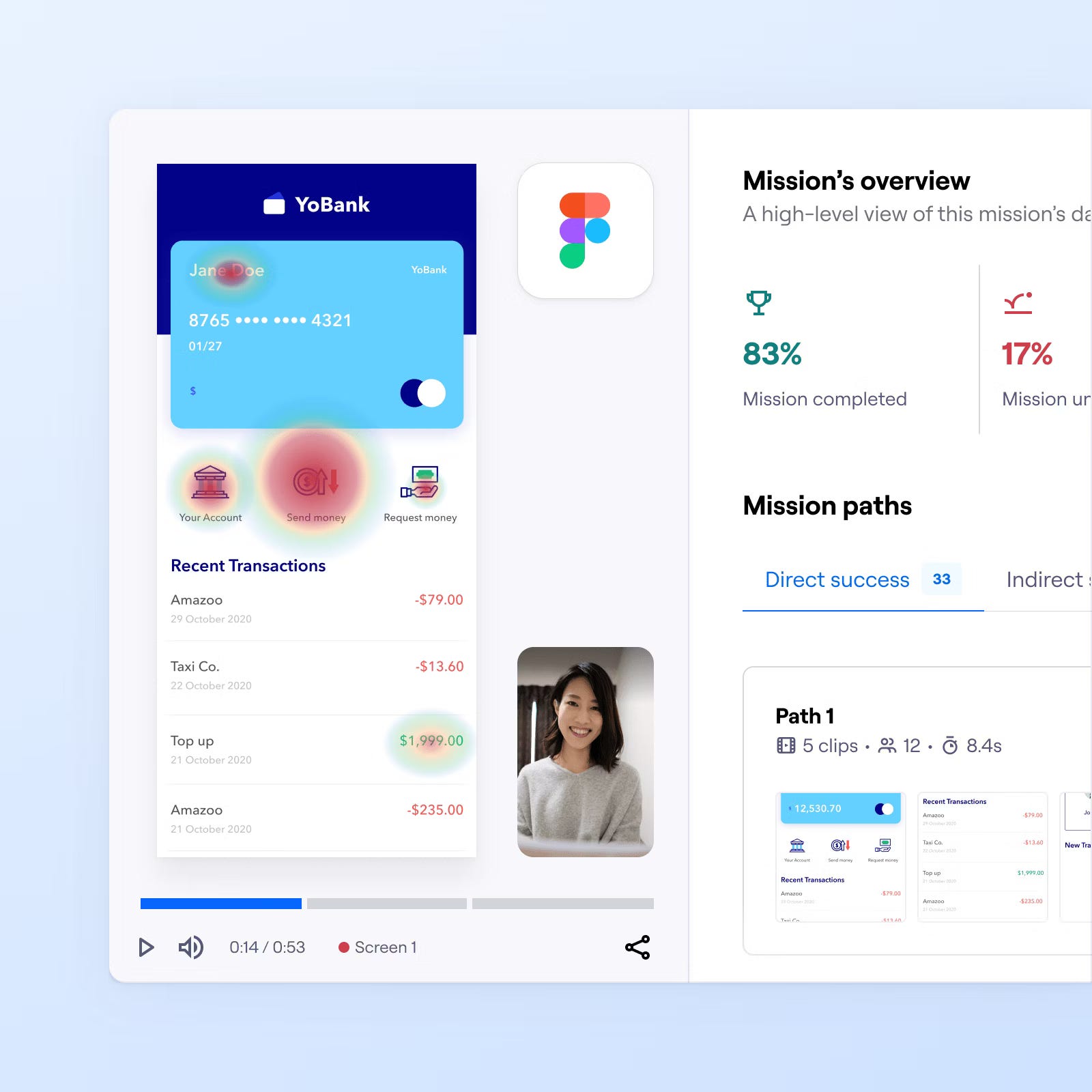
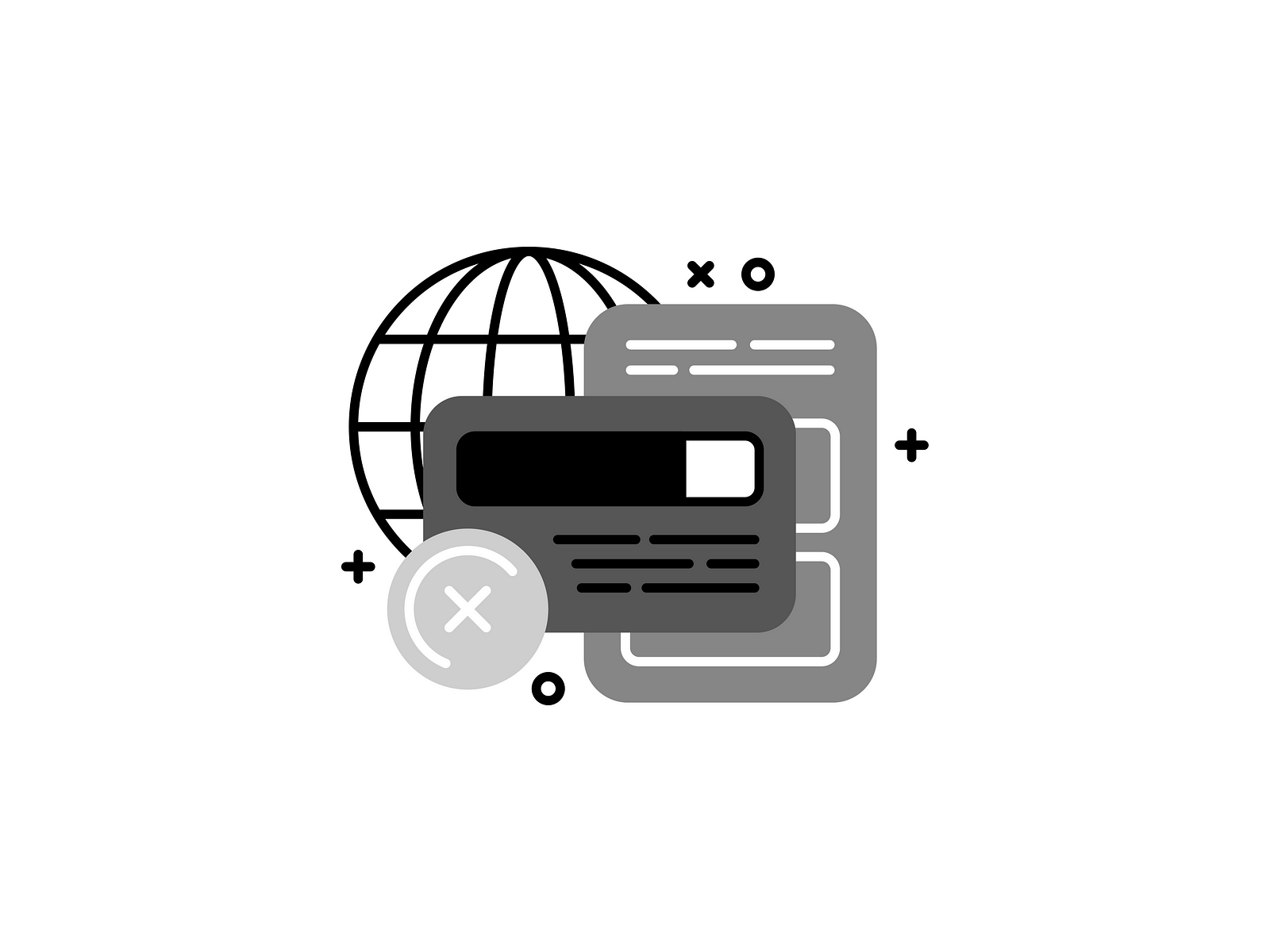
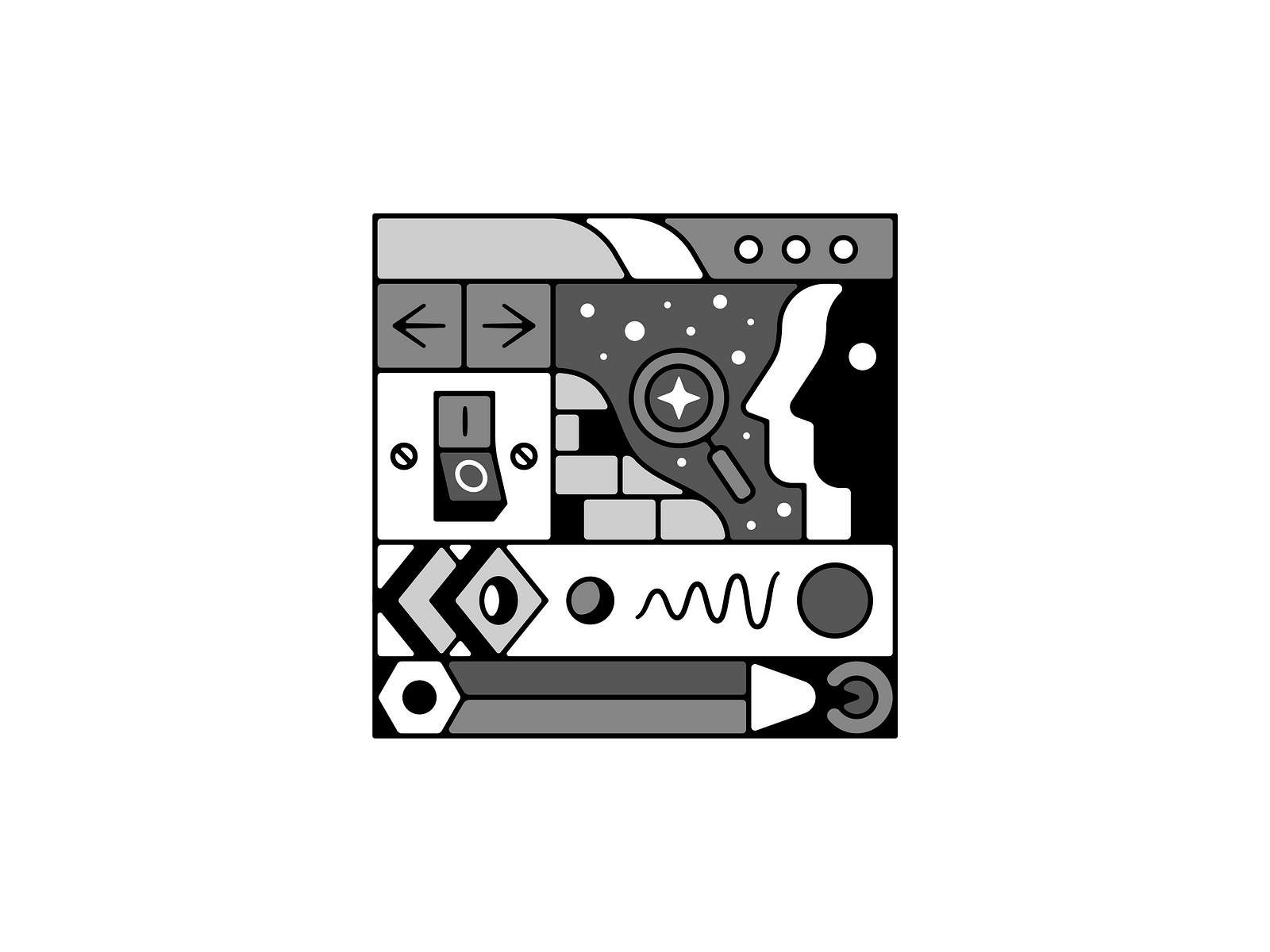












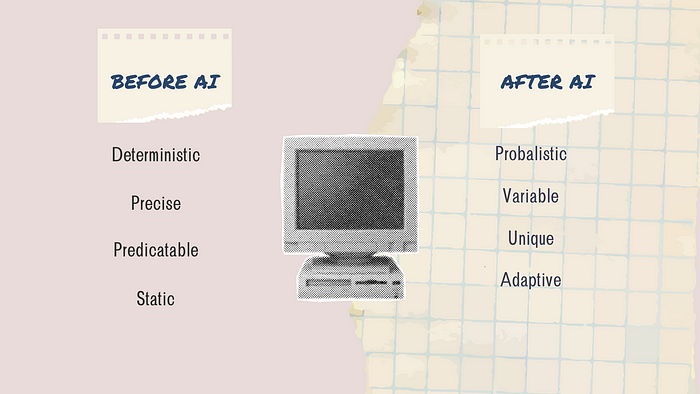 Image by Author, made on Canva. Based on a slide from
Image by Author, made on Canva. Based on a slide from 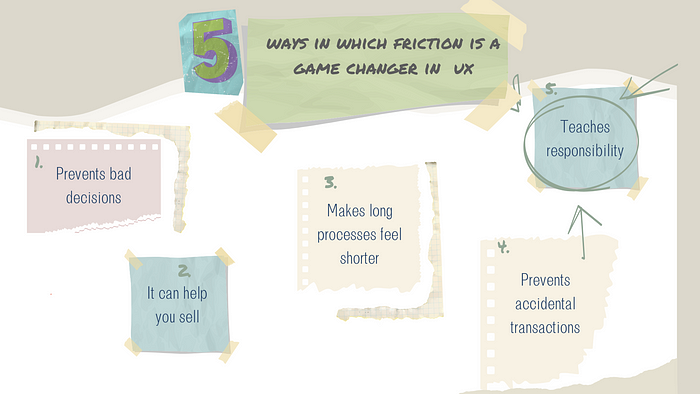 Image by Author, made on Canva. Based on “
Image by Author, made on Canva. Based on “
